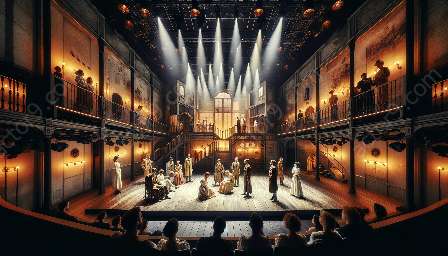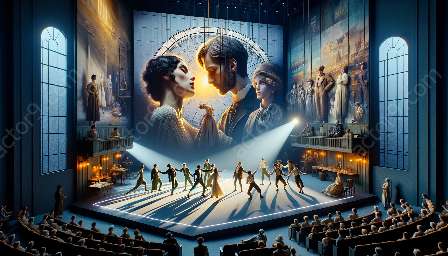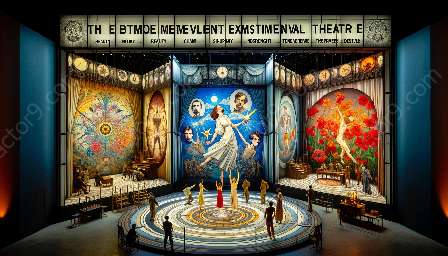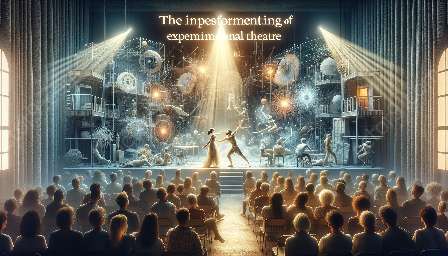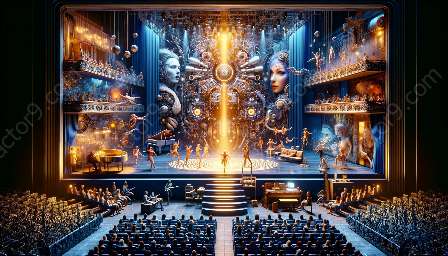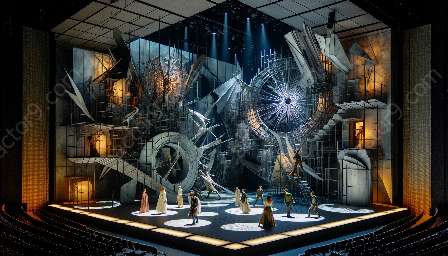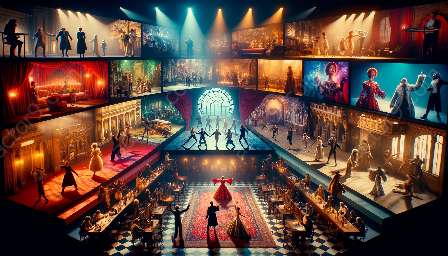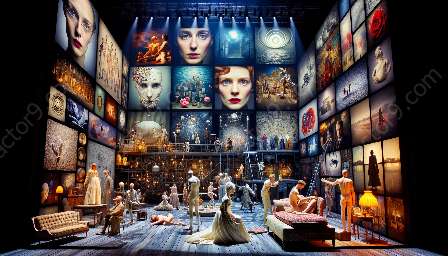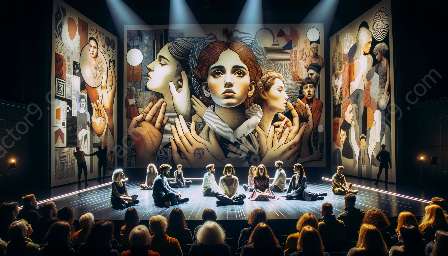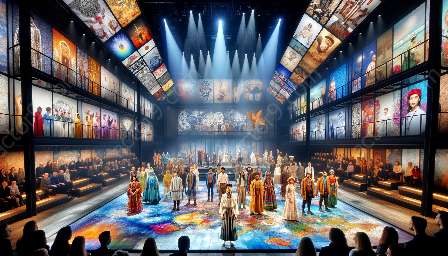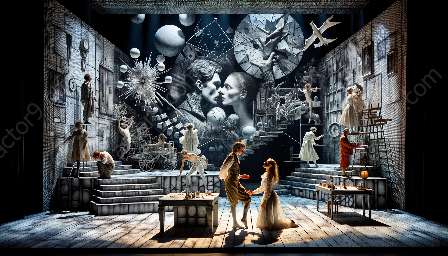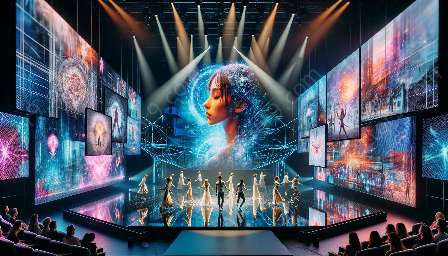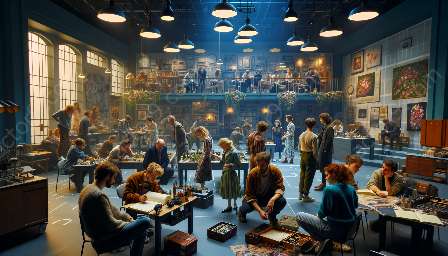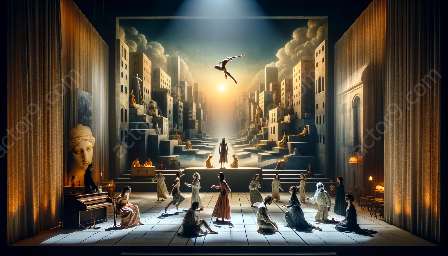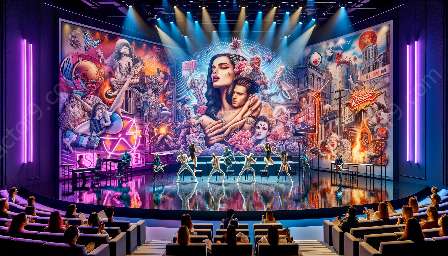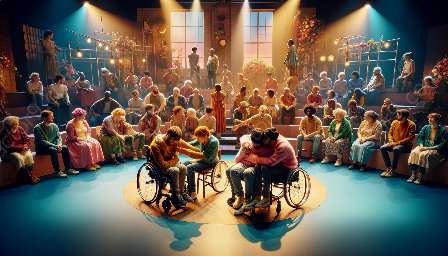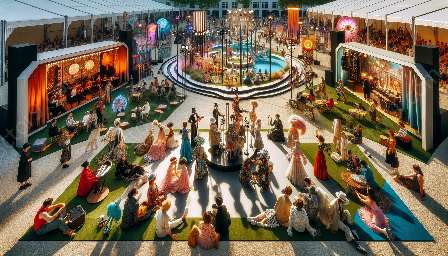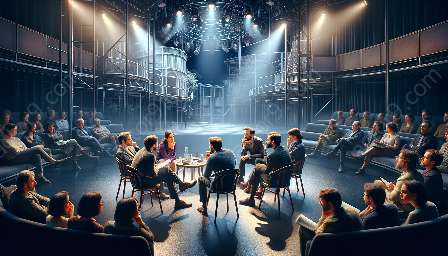Experimental theatre, with its avant-garde ethos and boundary-pushing artistry, has the potential to be a champion of inclusion and diversity in the performing arts. By incorporating elements of accessibility and accommodation, experimental theatre can break down barriers, promote equal participation, and amplify a more diverse range of voices.
Understanding Experimental Theatre
Experimental theatre is a form of performance that challenges traditional theatrical norms and conventions. It often prioritizes creativity, innovation, and non-traditional storytelling techniques, aiming to evoke intellectual and emotional responses from audiences. This style of theatre embraces risk-taking and encourages artists to explore unconventional ways of expression.
The Impetus for Inclusion in Experimental Theatre
As experimental theatre strives to push boundaries and defy expectations, it also has the power to challenge societal norms and perceptions. In recent years, there has been a growing recognition of the need for greater inclusivity in the arts, including theatre. This shift in perspective has led to a call for more diverse representation, wider accessibility, and a deeper understanding of the varied experiences of different communities.
Embracing Accessibility and Accommodation
Incorporating accessibility and accommodation into experimental theatre involves a multi-faceted approach that addresses physical, sensory, cognitive, and social barriers. Various elements can be integrated into the production, performance, and audience experience to ensure that experimental theatre becomes more welcoming and inclusive for all individuals.
Physical Accessibility
Equitable access to experimental theatre venues is crucial for fostering inclusivity. This can involve implementing ramps, elevators, accessible seating, and designated parking for individuals with mobility challenges. Additionally, ensuring that performance spaces have clear signage, adequate lighting, and spacious pathways can greatly enhance the physical accessibility of the venue.
Sensory Considerations
Many individuals experience sensory sensitivities that can pose barriers to engaging with traditional theatrical experiences. Experimental theatre can address these challenges by offering relaxed performances with adjusted sound and lighting, visual story guides, and sensory-friendly spaces for individuals who may benefit from a quiet, calming environment.
Cognitive Accommodations
Creating a cognitive-inclusive environment involves utilizing clear and concise communication, providing program notes or audio descriptions, and incorporating elements of predictability within the performance. By offering pre-show information and post-show discussions, experimental theatre can cater to diverse cognitive needs and foster a deeper understanding of the artistic content.
Social Inclusion
Experimental theatre can actively cultivate a culture of acceptance and belonging. This can be achieved through inclusive casting, fostering relationships with diverse artists and communities, and actively seeking input from underrepresented voices. Creating dialogue, building community partnerships, and engaging with marginalized groups can contribute to a more vibrant, inclusive theatre landscape.
Challenges and Solutions
While striving for inclusivity, experimental theatre may encounter challenges that require innovative solutions. Addressing budget constraints, negotiating with traditionalist perspectives, and navigating logistical limitations can present hurdles in the journey toward full accessibility and accommodation. However, through creative problem-solving, collaborative partnerships with advocacy groups, and embracing evolving technologies, experimental theatre can overcome these challenges and create more accessible, inclusive experiences for all.
Educating and Engaging Audiences
Engaging with audiences and fostering a deeper understanding of accessibility and accommodation is essential for the long-term success of experimental theatre. Educating patrons about the diverse needs of audience members, offering informative resources, and hosting accessibility workshops can help cultivate a more informed and empathetic community of theatre-goers.
Embracing Innovation and Evolution
As experimental theatre continually evolves, it has the potential to be at the forefront of pioneering inclusive practices. By embracing emerging technologies, such as virtual reality experiences and augmented sensory elements, experimental theatre can further expand its capacity to provide an inclusive and accessible platform for diverse audiences.
Celebrating Diversity and Representation
Experimental theatre increasingly celebrates the richness of diverse human experiences. By featuring stories, themes, and performances that reflect a multitude of perspectives and identities, experimental theatre contributes to a more holistic and genuine portrayal of the human experience, fostering empathy and understanding.
Conclusion
Experimental theatre, with its daring spirit and willingness to challenge conventions, is uniquely positioned to champion accessibility and accommodation in the performing arts. By embracing a comprehensive approach to inclusion, experimental theatre can create spaces that honor the diversity and unique needs of all individuals. This evolution toward greater accessibility not only enhances the artistic experience but also allows experimental theatre to truly reflect and resonate with an ever-diversifying global audience.

